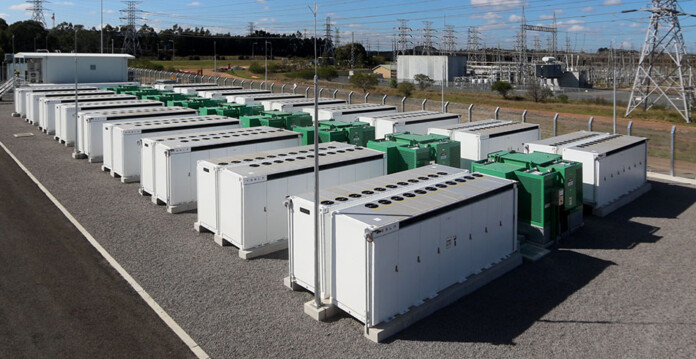New South Wales transmission company Transgrid has finalised a report on its preferred system strength portfolio, which it says will require grid-forming batteries and synchronous condensers to bolster the strength or ‘heartbeat’ of the state’s power system.
Transgrid assessed more than 100 individual solutions over a three-year process to finalise its preferred system strength portfolio, which will ensure the stable and reliable operation of the grid as coal generators retire over the next decade.
Transgrid acting executive general manager of network Jason Krstanoski said, “The NSW grid has traditionally relied upon coal generators to provide system strength as a byproduct of their typical operation.”
Related article: High anxiety and the 100% renewable grid
“There is now an urgent need to maintain this heartbeat, as we accelerate the transition to wind and solar and as 80% of the coal capacity in NSW retires in the next decade.
“This portfolio of system strength solutions is vital to enable the NSW power system to accelerate the transition to 100% instantaneous renewables, unlocking renewable generation that would otherwise be constrained.”
Transgrid this week published its Project Assessment Conclusions Report (PACR)—the final step in a three-stage regulatory process to ensure the best outcome for the market and consumers.
The report identifies a preferred portfolio of system strength solutions, including:
- Ten synchronous condensers on Transgrid’s backbone network—big spinning machines specifically designed to support system strength, inertia and system voltage;
- Five gigawatts of grid-forming batteries, providing the equivalent strength to another 17 synchronous condensers
- Modifications to 650MW of synchronous generators to enable synchronous condenser-mode;
- Operation of synchronous generators to fill gaps in system strength where required; and
- Additional targeted solutions to support new renewables within the New England and Hunter-Central Coast Renewable Energy Zones.
“Our preferred portfolio utilises innovative grid-forming batteries to provide almost half of NSW’s system strength requirements, with synchronous condensers providing the other half,” Krstanoski said.
Related article: Why Australia’s electricity grid needs marriage counselling
“Together, these solutions are expected to deliver $8.8 billion in net market benefits by ensuring the safe and reliable operation of the grid and accelerating the transition to more affordable, cleaner renewable energy.
“The report also demonstrates that additional net market benefits of $1.2 billion could be delivered if Transgrid accelerates deployment of synchronous condensers, so we are currently investigating options to fast-track the project.”
This proactive approach is part of Transgrid’s comprehensive System Security Roadmap, a 10-year plan to transform the state’s power system and ensure the secure operation of the grid at up to 100% instantaneous renewables.







